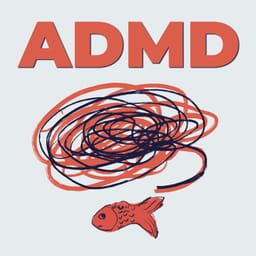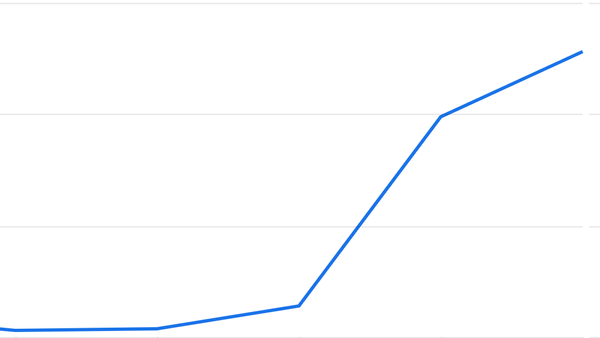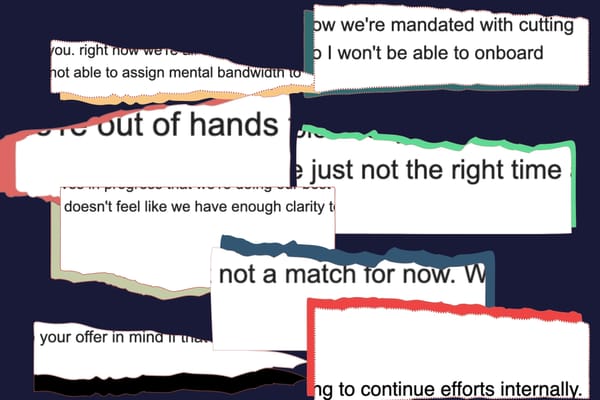Guest Post #2: Writing for Connection
Jeffrey explains why he thinks this newsletter works so well.
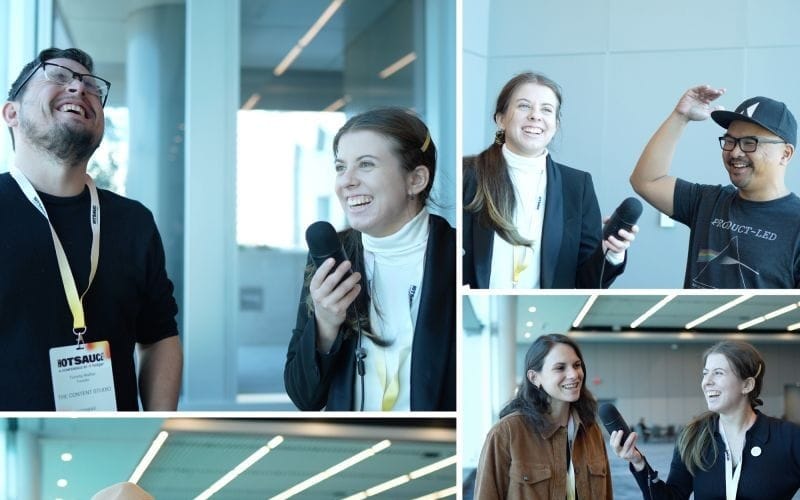
“The key to be becoming a thought leader lies in treating marketing as a form of creative writing.
Personal narratives serve as vehicles to emotionally educate the audience, connect with their gut instincts and provide unique insights that cannot be found elsewhere.”
Mariya’s Introduction
Hi everyone! This is Mariya.
Jeffrey is one of my favorite people to work with. I originally hired him as a writer in November 2022, a year ago. And the more projects we’ve done together, the more amazed I’ve become by Jeffrey’s skill, curiosity, and intelligence. I hope that you can be as blown away by his writing as I am.
This guest post might appear self-indulgent. After all, Jeffrey is writing about me and this newsletter. But honestly - I wasn’t thinking of publishing it on this newsletter. And then, my husband Jack read it out loud to me. And I knew that I had to try and get it here.
Jeffrey nailed exactly what I try to do. He described the purpose and mechanics of this newsletter better than I ever could have. He made me… believe in my work again when I was in a dark place. So perhaps, he can inspire you too.
If You Want to Write for ADMD:
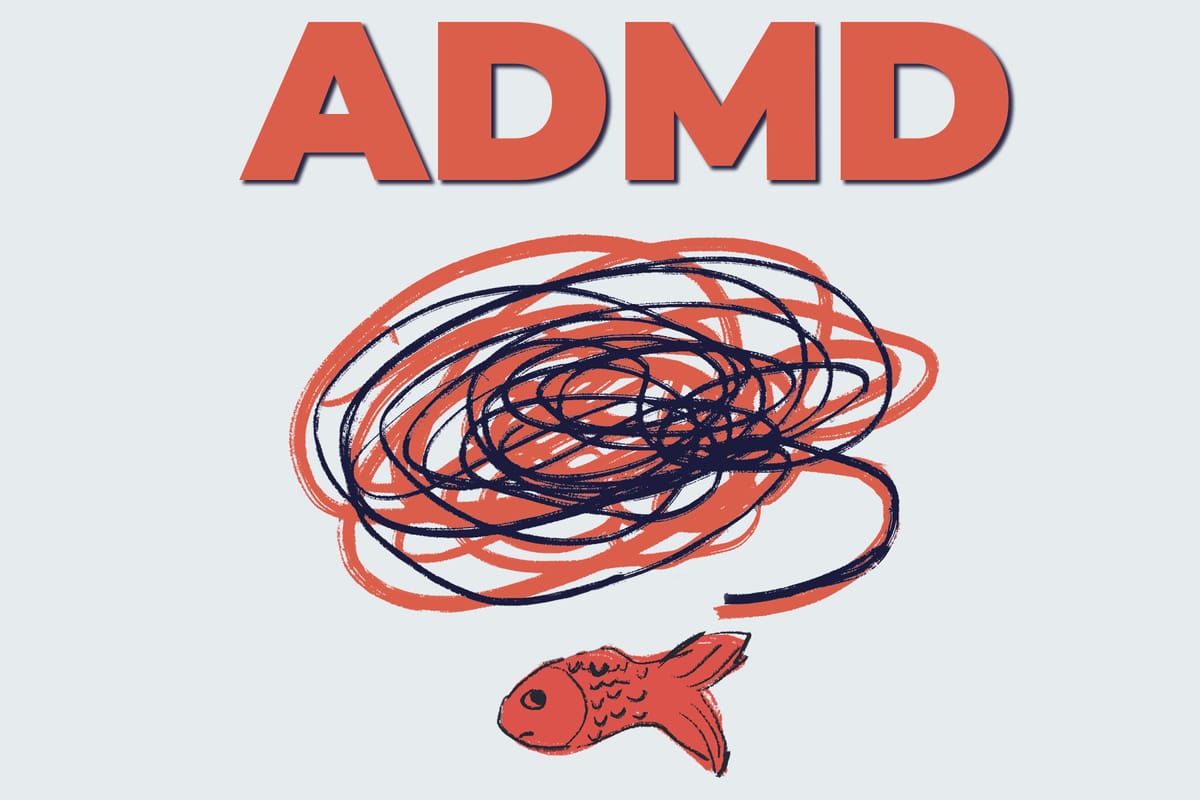
Note: This piece was originally published on Jeffrey’s newsletter: Wolf’s Byte: Sales and Marketing for B2B Tech, where he interviews industry experts for insights on creating content that drives sales.

This week I'll expand upon the topic of creating engaging newsletter content with Mariya Delano, Search Engine Land Contributor, founder of the content marketing agency, Kalyna Marketing, and author of the beloved Substack newsletter Attention Deficit Marketing Disorder (ADMD).
Mariya's agency is dedicated to helping B2B tech companies, startups, and small to medium-sized businesses achieve transformational marketing goals.
But before we go any further, there are a few things you need to know about Mariya.
Like this...
"I am the person that loudly squeals in meetings and asks 100 questions about some particular phrase that caught my attention, before launching on an extended tangent about funky socks or some new feature of my favorite software, all while taking pages and pages of notes on the nuances of the work that we are doing...You might find me annoying (and I’d agree with you)..." - Why Marketers Are Afraid of Kindness
And this...
"Like many marketers and public-facing professionals, I am deeply insecure." - Why Marketers Are Afraid of Kindness
Or this thing a friend said...
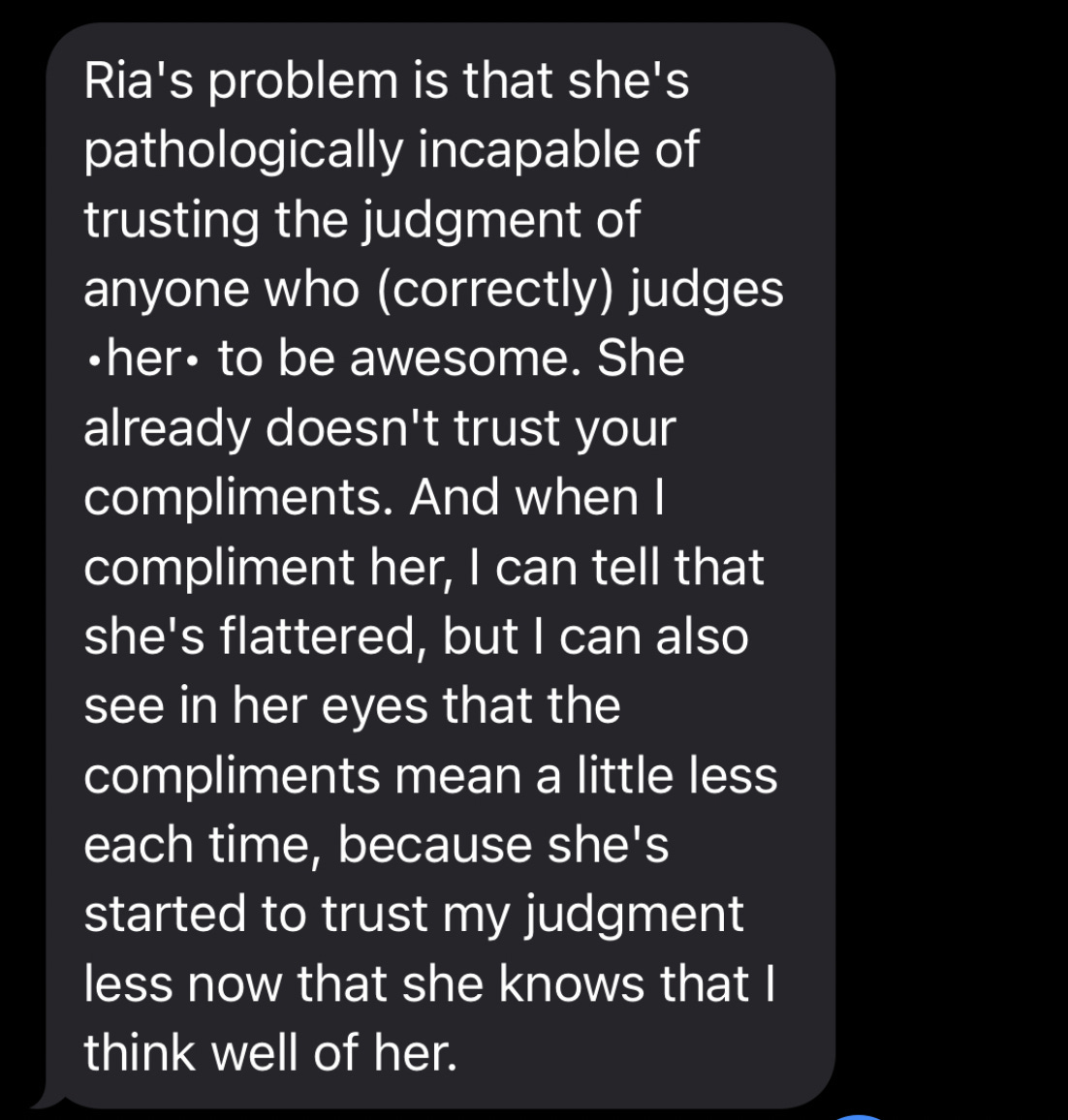
But also, and to the point of this feature, this...
"…if you get on a call with me for the first time, I will probably share some personal fact about myself that you wouldn’t expect. Because if you are my kind of person, then you will also crave deep conversations." - Why Marketers Are Afraid of Kindness
There’s no denying it. People fall in love with Mariya and her writing because Mariya is here to connect with you via brute force emotional impact.
Below I explain how she uses this approach to attract raving fans with her newsletter.
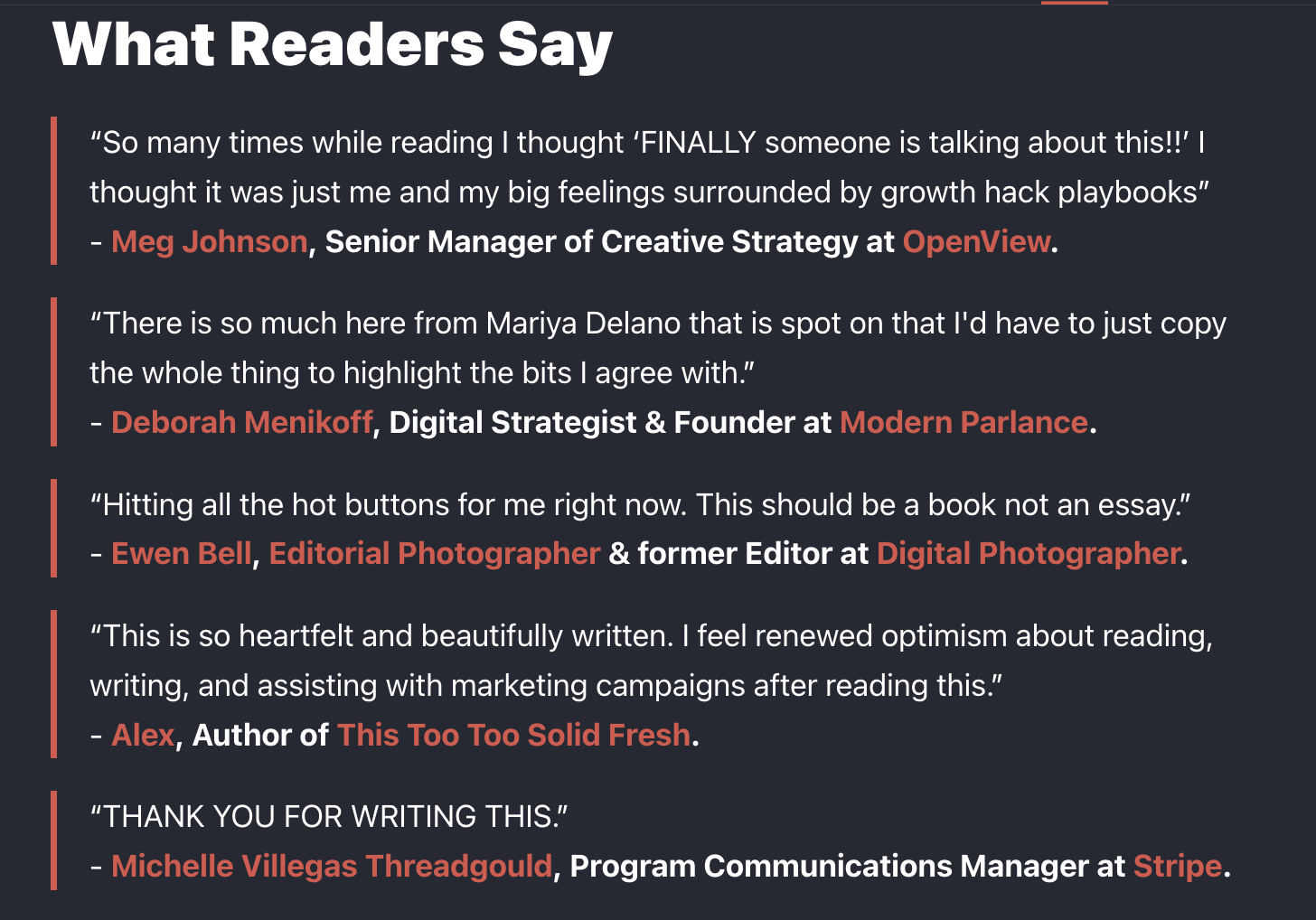
Becoming a Thought Leader in B2B
Mariya's approach to newsletters has helped professionals, such as Meg Johnson Senior Manager of Creative at OpenView, become thought leaders in the B2B space.
She uses personal stories to achieve a deep level of emotional resonance. This strategy has an immediate impact in terms of engagement, responses, and can rapidly build an audience.
Here's how she starts the conversation about disarming people with sincerity:
"In middle school, I developed a method for getting people to open up. Whenever I wanted to make a new friend, I’d find a time for us to talk one-on-one, and then I’d casually announce some deeply personal fact about myself. That fact could have been a deep-seated insecurity, some random tidbit of family trauma, a crush on someone in our class, etc. The details weren’t important: my fact simply had to be something that most people would never share with a stranger.
My description of this approach may sound manipulative, but I was 12 years old and not fully conscious of what I was doing. All I knew was that people wouldn’t trust me unless I first showed that I trusted them. And my instant vulnerability-dumping would instantly show me if the other person could become a friend.
Because when I would surprise someone in this way, the conversation would only go in one of two ways:
- They would get uncomfortable and switch the topic back to safe small talk.
- They would earnestly respond to whatever I shared and share back some personal fact about themselves."
- Why Marketers Are Afraid of Kindness
The B2B Advice That’s Holding You Back
The belief that sharing personal experiences on LinkedIn is unprofessional or detrimental to B2B writing is a misconception.
Additionally, there is no obligation to constantly inundate user feeds with tips, frameworks, templates, or explicit how-to guides.
Currently, audiences are overwhelmed with this strategy.
Instead of slide presentations, engage audiences with a more innovative (or personal) approach.
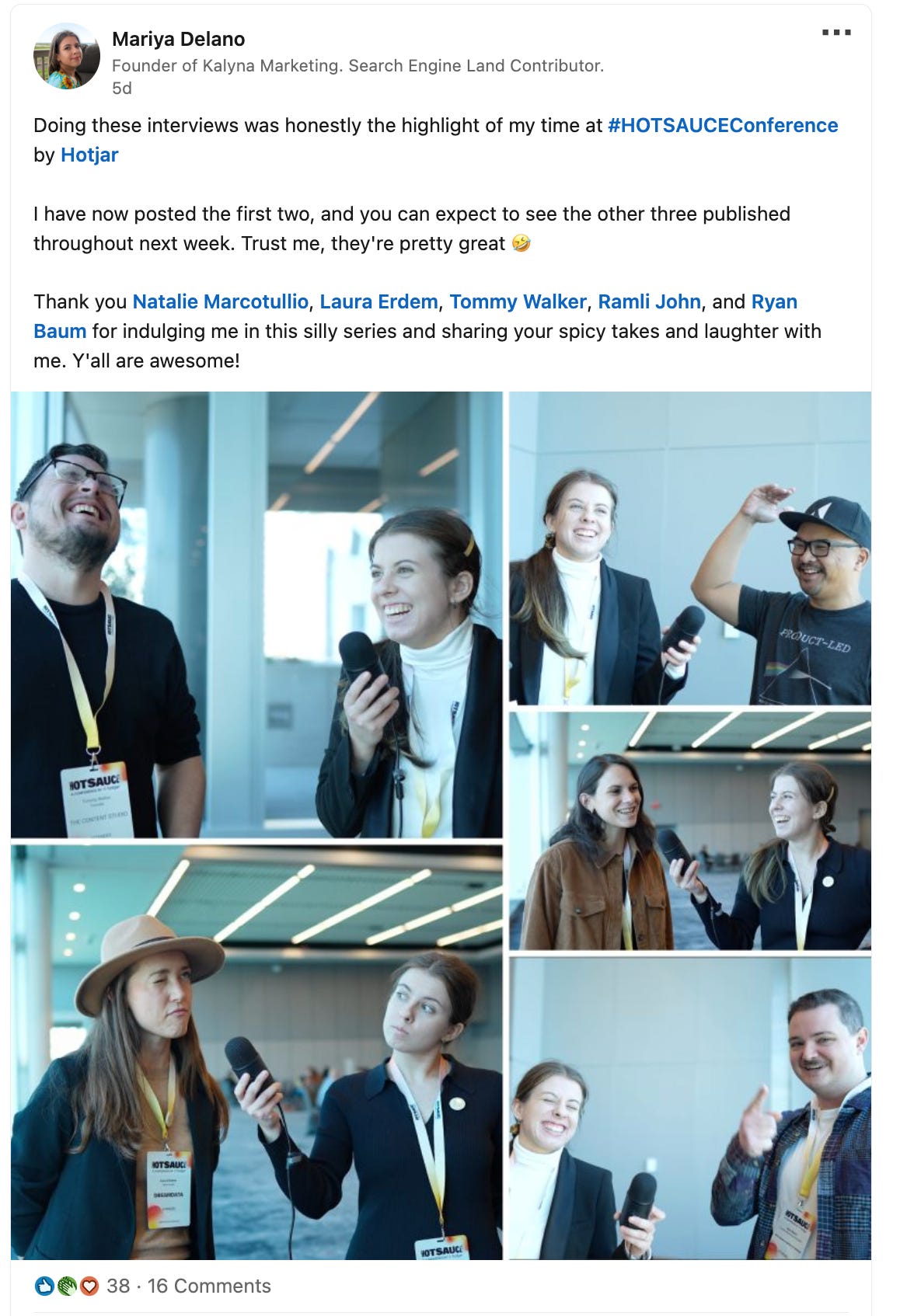
It’s Personal and It Has to Be
The key to be becoming a thought leader lies in treating marketing as a form of creative writing.
Personal narratives serve as vehicles to emotionally educate the audience, connect with their gut instincts and provide unique insights that cannot be found elsewhere.
That means:
- Putting your personality front and center
- Utilizing elements of creative storytelling
- Striving to match the writing level on par with The New York Times
- Ditching the dry and technical style so prevalent in B2B
Here's an example:
"I can’t deny it. It feels like the world is ending from every possible direction.
As I return to writing this newsletter after a concussion-induced hiatus, I am certain that this is the only topic I could possibly write about.
Because whether you are vocal about it or not, I’m confident that you feel like your world is ending too. And neither of us benefits from putting on a fake smile and keeping on as if we aren’t dealing with deep, existential, debilitating fear.
Even as I’ve tried to ignore that fear and keep talking about conversion rates, content quality, and audience research… the apocalypse kept knocking on the door of my consciousness. It continued to chase me from every website I visited and every direction I tried to run to." - Marketing at the End of the World
Writing for Emotional Resonance
If you want to connect with your audience, you need to resonate with them on an emotional level. To do that, Mariya shares her understanding and tactics below.
Your Competition is Everyone
First, understand that your competition is everyone and everything on the Internet.
That means, regardless of your industry or topic, you must make your content fun and engaging to read.
No matter how much value it imparts, no matter what unique data points it provides, exceptional content doesn't rely on excuses to be interesting.
Take the Audience to Unexpected and Exciting Places

Explore unconventional tangents in your content. Delve into unrelated areas, leveraging insights from seemingly unrelated topics such as video games, art, history, and personal anecdotes.
By taking your audience for a ride into unknown territory, and then arriving at key points, you connect by delivering a unique experience.
Starting with a Metaphor
A powerful method of creating and maintaining tension is to begin with a compelling metaphor for comparison.
To do that, first choose a topic, such as Threads, and frame it through metaphor that will also resonate with your audience.
For instance, comparing Threads to popularity in high school provides a starting point. The post unfolds by drawing parallels and informing the metaphor as it explores concepts related to social hierarchy.
To further enhance your metaphor, include popular content, such as embedded videos and influencer tweets, to help bridge the gap.
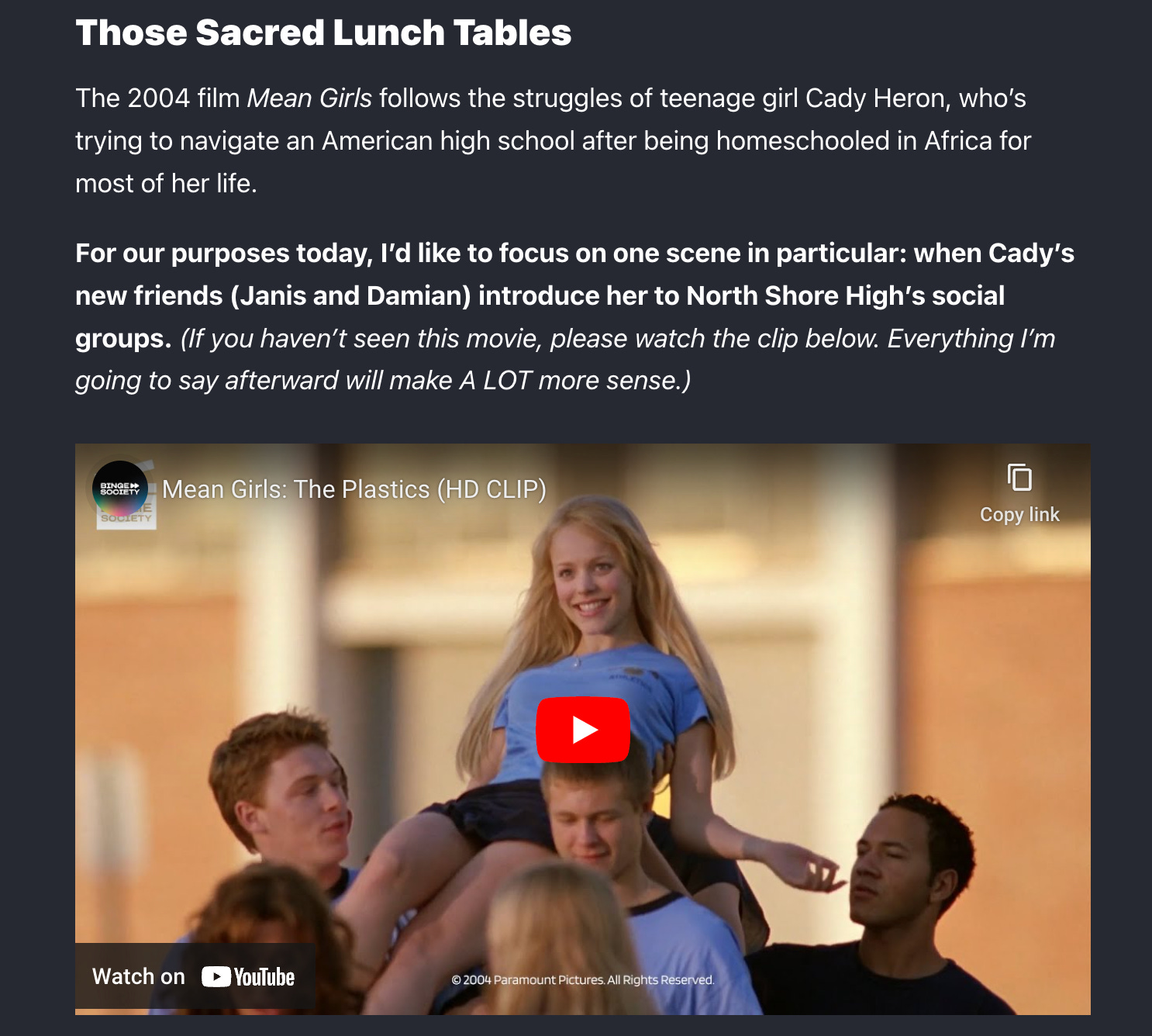
Dealing with Negative Responses
Expect negative responses to be a common occurrence. To handle them well, don't try to persuade or criticize.
If they're not a total troll and there's substance to their argument, engage directly with the points being made while exhibiting compassion.
Public shaming and mean-spirited responses won't do you any good. However, if responses escalate into trolling, disengage entirely.
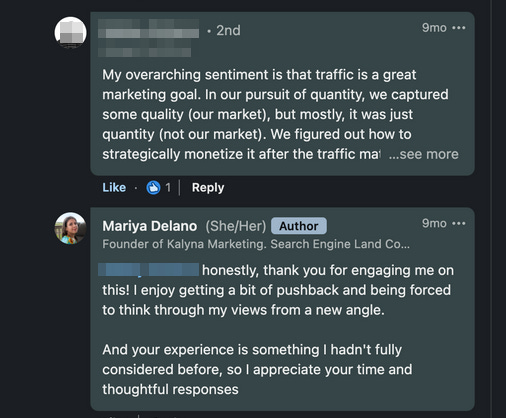
Make Your Newsletter Consistent
Your newsletter should maintain a consistent focus. Mariya's revolves around two central themes: marketing and emotions. Every post adds something new while building upon a foundation established by previous posts.
Progression doesn't have to be linear. However, each piece should engage in a conversation with what's come before it in some way.
To develop new content, ask yourself this question:
"Which previous piece am I contributing to with this new addition? What is the conversation that I'm continuing?"
This approach ensures that each piece is relevant and continues a narrative that resonates with your audience.
Lean into What People are Responding to
Always be willing to adapt your content to audience feedback. Pay attention to the response your content receives and use this to guide decisions regarding style, format, topics, etc.
By actively listening to your audience and letting it shape your content, you'll consistently publish content that resonates with and expands your audience.

Use Feedback to Influence Content Across Channels
When a particular type of content, such as a funny personal story, generates significant engagement, leverage it on other platforms like LinkedIn and Mastodon.
This helps amplify engaging perspectives with audiences that are hungry for something new and demonstrates your distinct value.
Establish a Measurable Goal
Creating emotional content doesn't mean you can't measure results. The primary objective of ADMD is to evoke an emotional response from the readers. This emotional impact, to some degree, can be quantified through engagement metrics.
For Mariya, successful content means making her audience cry, laugh, feel moved or inspired to share it with people they know. Those are the types of reactions that fuel continued engagement, increase readership, subscriptions, personal connections, and referrals.
Whether emotional impact is your goal or not, if you want to generate engagement that leads to lasting connection, start with the aim of making readers feel something.
Choosing Substack for Enhanced Shareability
Substack offers unique advantages, such as not requiring immediate subscription.
The platform also facilitates easy sharing of newsletter links, making it a great resource for individuals engaged in calls, social media prospecting, and email outreach.
Beyond convenience, using Substack builds essential trust by giving a behind-the-scenes look at the values and personality of its content creators.
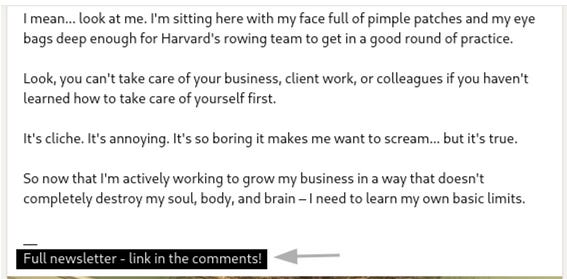
Educate People on an Emotional Level
We don't learn (or remember well) straight facts on their own because our brains form associations and retain information in an emotional package.
Therefore, educate through insights delivered via stories. This not only leaves a lasting impression in the audience's memory, but establishes emotional connections that lead to deeper understanding.
Here's an example of how Mariya starts out a comparison between high school cafeterias and influencer hierarchies:
"The 2004 film Mean Girls follows the struggles of teenage girl Cady Heron, who’s trying to navigate an American high school after being homeschooled in Africa for most of her life.
For our purposes today, I’d like to focus on one scene in particular: when Cady’s new friends (Janis and Damian) introduce her to North Shore High’s social groups. (If you haven’t seen this movie, please watch the clip below. Everything I’m going to say afterward will make A LOT more sense.)" - Threads, Mastodon, and the Loneliness of Social Media
3 More Practical Writing Tips
In terms of more practical writing tips to help you put emotional resonance into action, here are 3 tactics Mariya uses in her newsletter.
1. Seek Inspiration from Art and Media:
Draw inspiration from the world of art and media. Pay close attention to movies, books, or any form of media that resonates with you, when it resonates with you.
Ask yourself:
"How does this content make me feel, and how is it doing it?"
Analyzing various elements offers valuable insights into how you can reproduce the same effect in your audience.
To help get you started, curate a music or video playlist that evokes the specific emotion you intend to convey in your content and immerse yourself as you write.
2. Evoke Curiosity
In addition to connecting with your audience on the emotional level, inspire a sense of wonder. Prompt the reader with thought and curiosity about the topic.
This dual approach encourages further discussion and avoids "wrapping up" a topic that can be expanded upon in the future.
For example:
“I don’t blame anyone who flocked to Threads to find their internet friends. I’m on there too, and it’s been exhilarating finding old faces again who I haven’t seen since leaving Twitter. But I also feel like Threads is pulling a bait-and-switch on us. They drew us in with promises of new connections and reach, then left us with little more than Instagram with a fresh coat of paint.” - Threads, Mastodon, and the Loneliness of Social Media
3. Gather Supporting Resources
Once you have a clear understanding of your foundational argument or metaphor for a piece, collect a diverse range of links and resources.
The collection serves as a repository of information that can be drawn upon as you write, maintaining your workflow, and adding depth and credibility to your content.
The use of external resources also makes your writing more well-informed and engaging. A variety of perspectives and sources can be used to steer the argument in different directions.
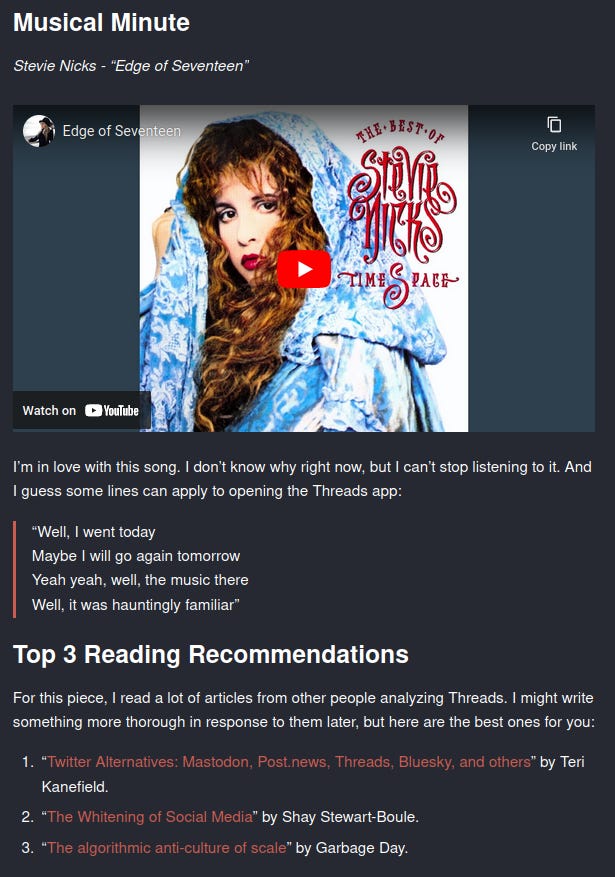
Conclusion
Mariya has given us an intimate look into her process and tactics she uses to produce jaw-dropping, heart-felt responses in her newsletter content.
For me, the lesson is to remember the point of writing anything meant to engage an audience: To connect with people on an emotional level. Steal them away by providing an enjoyable escape, teach them through story-telling, and bring them back with a newfound perspective.
Musical Minute – Jeffrey’s Pick
Queen – “I Want to Break Free”
Jeffrey wants all of us to listen to one of Queen’s best songs because:
“It’s got a celebratory vibe. I think it's about personal expression, and speaks to the courage necessary to get personal in your professional writing.”
Top 3 Reading Recommendations
- “How to ‘un-ruin’ the internet: The ultimate guide for SEOs” by Mariya Delano. I responded to The Verge’s recent piece criticizing SEOs for ruining the internet with some historical analysis of my own.
- “A guide to SDR outsourcing: 21 exploratory questions to ask” by Jeffrey Lupo. If you’ve enjoyed Jeffrey’s writing in this guest post - check out this piece that he recently wrote for one of our clients. Sincerely, this is what I mean by “great content”. I am so freaking proud of him.
- “Ding dong, B2B content marketing is dead!” by Ronnie Higgins. My friend Ronnie is a fantastic person, marketer, and writer. And you can witness that in his newsletter. He addresses the concern we’ve all been feeling – B2B content marketing is broken and needs to change.
Thank you for reading Attention Deficit Marketing Disorder. This post is public so feel free to share it.


